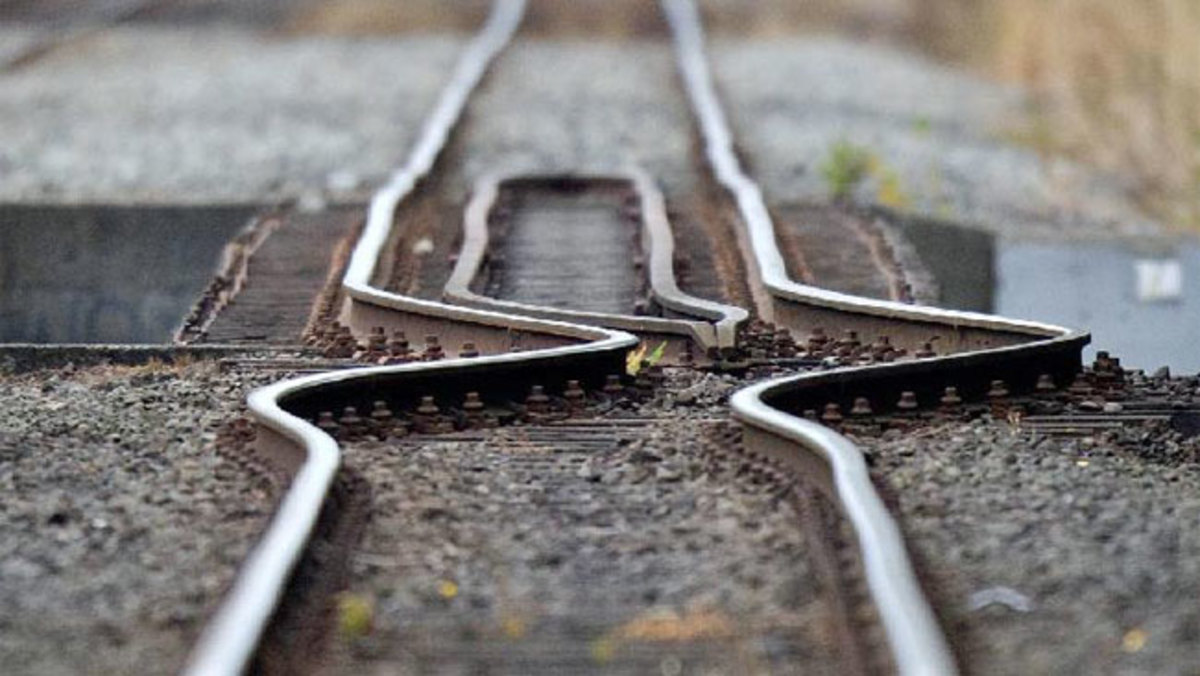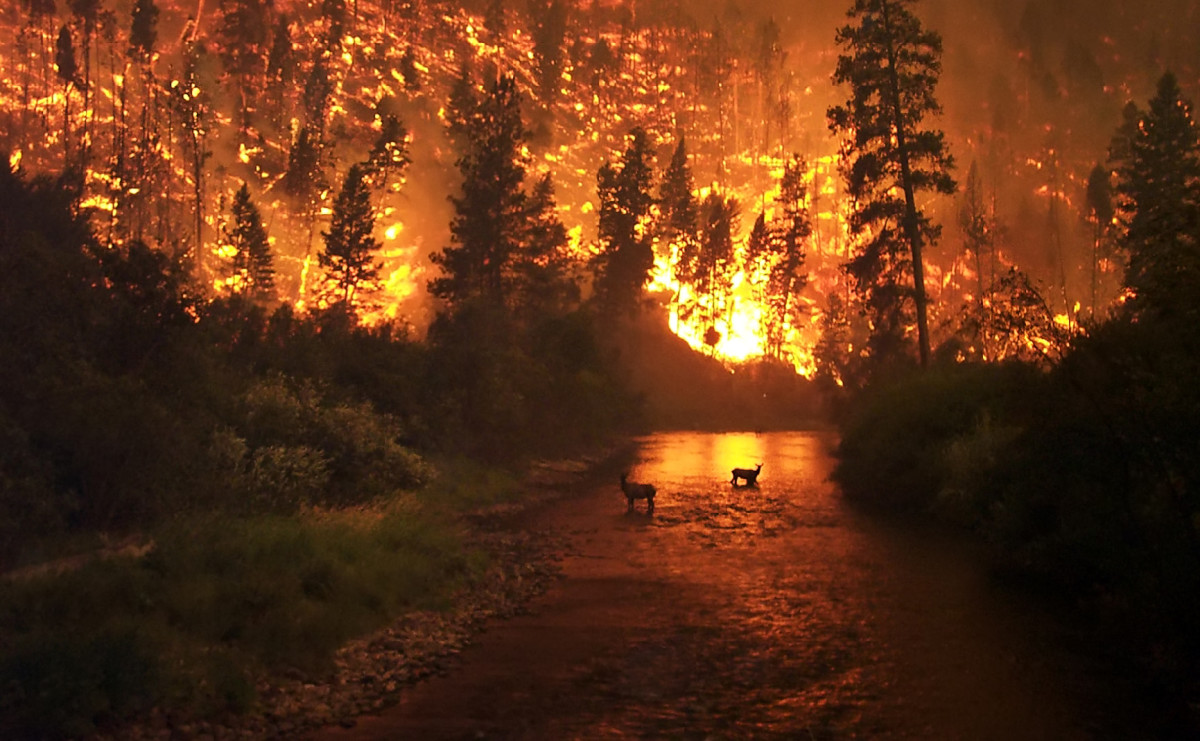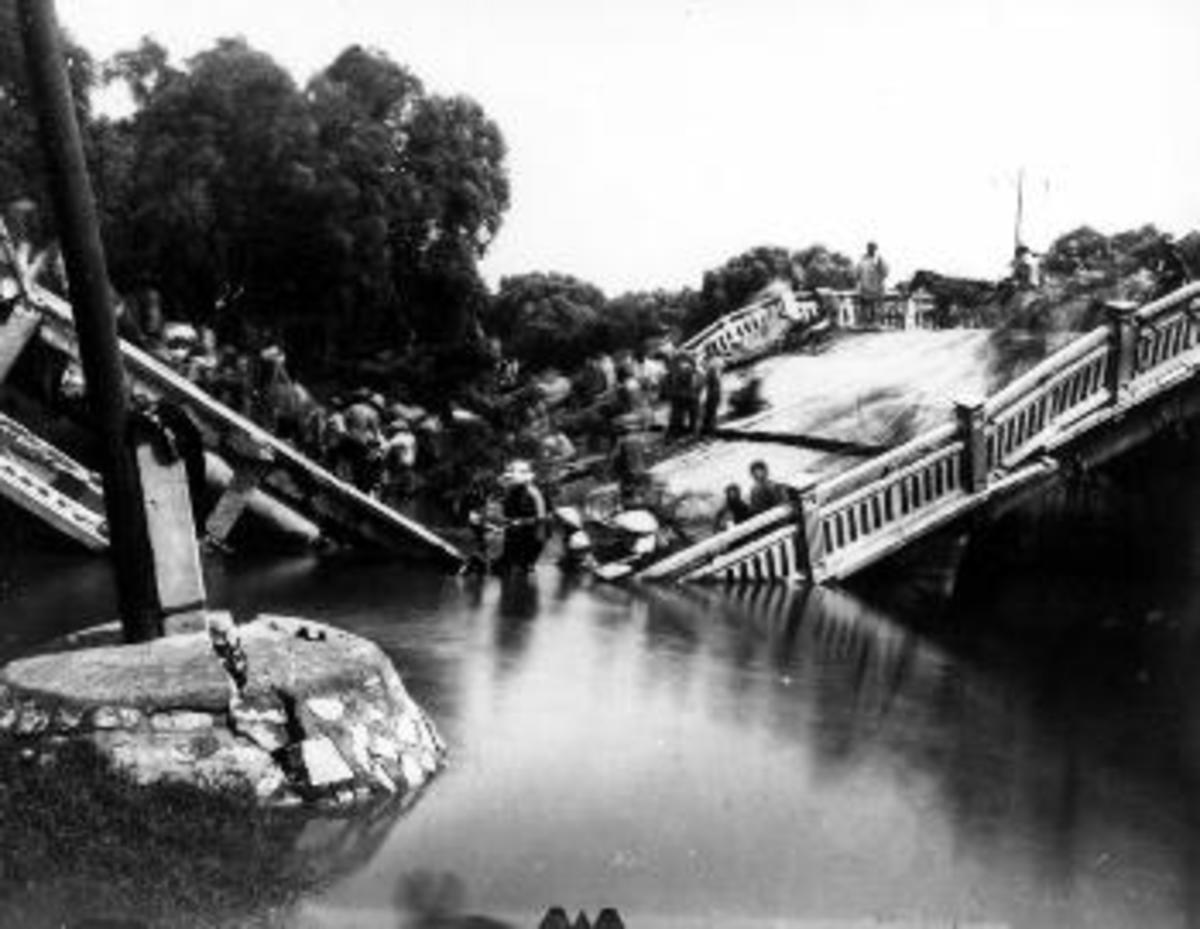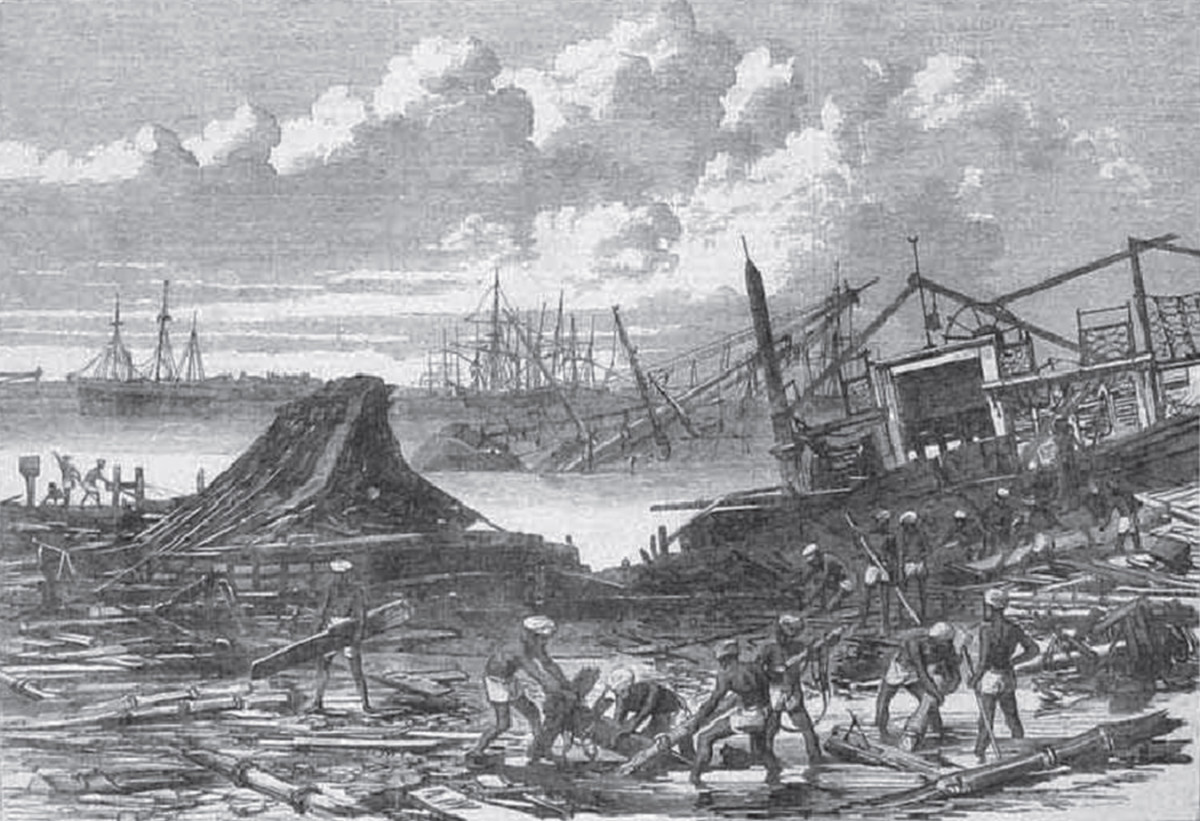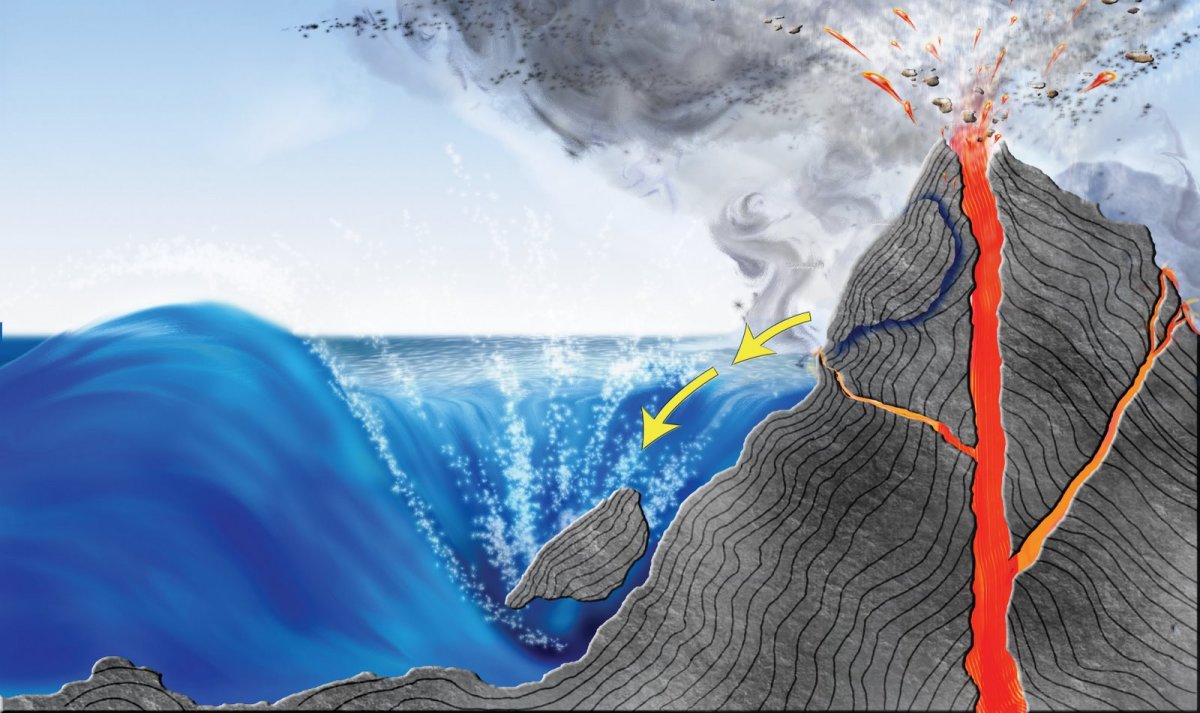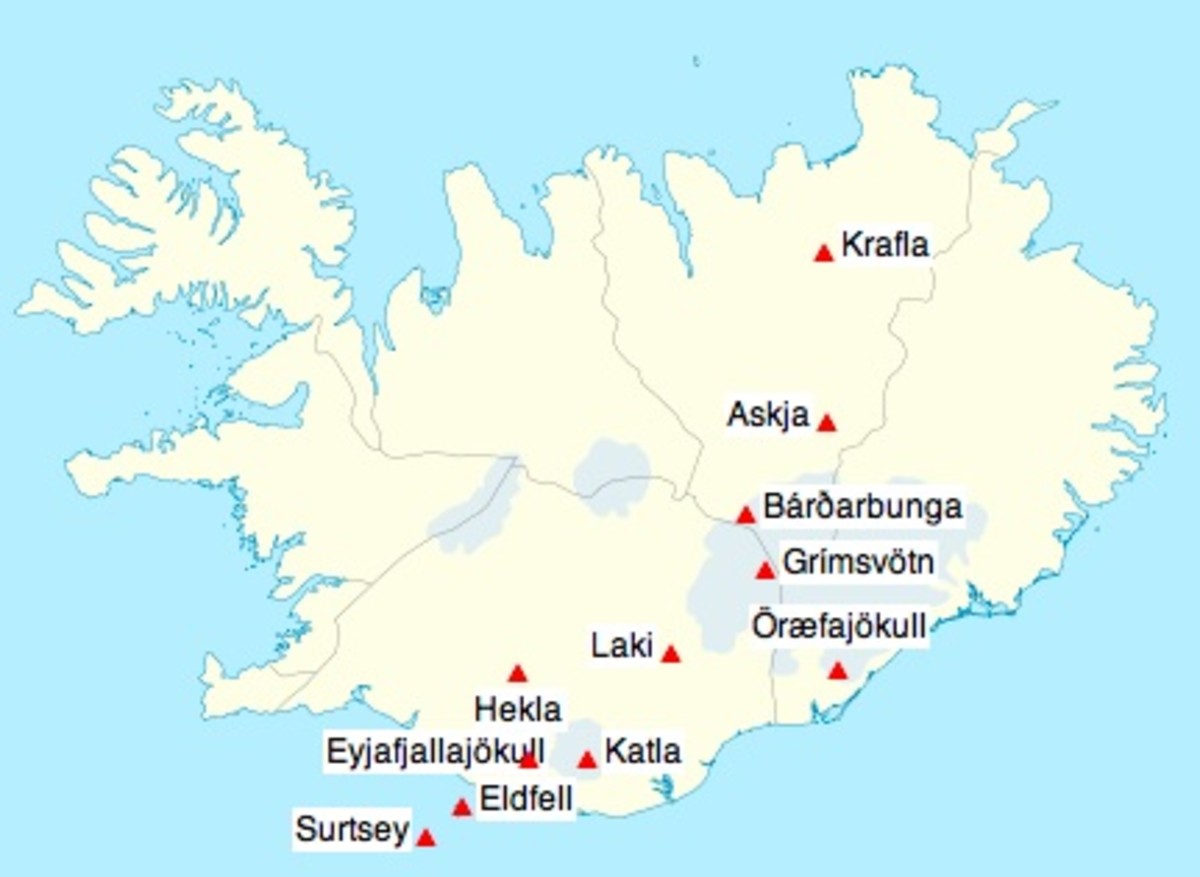Major Earthquake Zones And Disasters
Earthquakes are one of the most hazardous of natural disasters. An earthquake happens due to the tension put on the ground by the tectonic plates when they get jammed or stuck. When this strain enhances, the rocks give way and this consequence in a happening of fault lines.
The earthquake results in the abrupt release of the stored energy in the crust of Earth. This produces seismic waves and results in the shaking or a dislocation of the ground. Earthquakes can reason shaking and ground rupture, soil liquefaction, fires, landslides and avalanches and tsunamis.
The current earthquake related tsunami came about in the Indian Ocean in 2004. The earthquake came about within the sea, which in turn stimulated a huge number of tsunamis along the border lines of the Indian Ocean. These tsunamis struck Sri Lanka, Indonesia, Thailand and India.
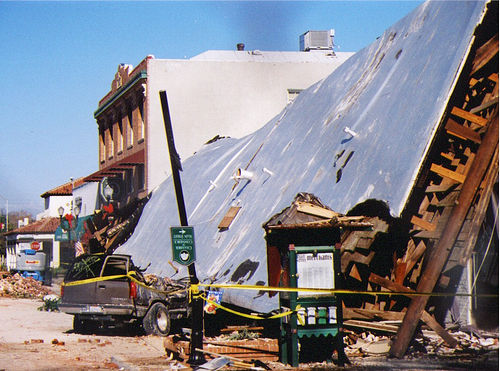
Further, earthquakes can also crusade loss of life, loss of basic amenities, disease, property damage, as well as bridge and road damage, building collapses or the destabilization of the ground of the building. Hence, earthquakes result in personal and economic losses.
Earthquake Hazard Zoning Of India
Geographical statistics of India present that almost 55% of the land is susceptible to earthquakes. The current version of seismic zoning map of India specified in the earthquake resistant design code of India allocates four levels of seismicity for India in terms of zone factors.
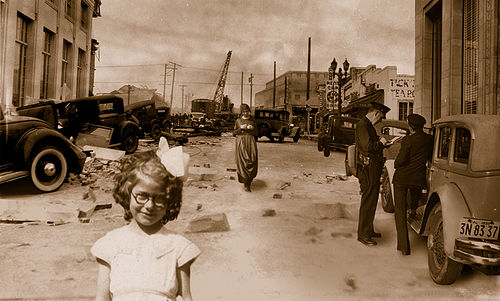
In other words, the earthquake zoning map of India break ups India into 4 seismic zones (Zone 2, 3, 4 and 5) unlike its last version which consisted of five or six zones for the country. According to the current zoning map, Zone 5 anticipates the maximum level of seismicity whereas Zone 2 is related with the bottom level of seismicity.
Alaska Earthquake And Tsunami Disaster, 1964
The earthquake fault, more accurately the thrust fault, which was the crusade of the Good Friday earthquake, stretched 780 miles from Alaska's Aleutian Islands to Valdez. The Pacific plate on that day moved an estimated 20 to 30 feet northward, diving beneath the South American plate. The crunching of the two large tectonic plates caused the Alaska earthquake and measured 8.5 on the Richter scale.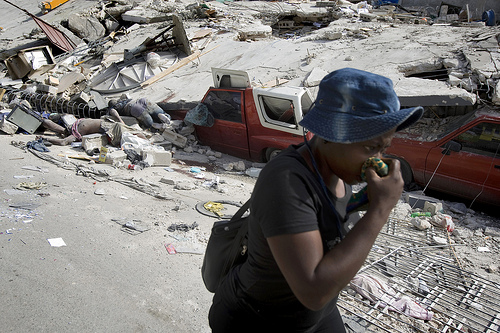
In later years the dimension of The Alaska earthquake on Good Friday was the most accented earthquake ever recorded in North America. It was the second most accented ever recorded worldwide, surpassed in strength by the 9.8 Mw earthquakes in Chile on May 24, 1980.
The current December 26, 2004, earthquake off the shore of the Indonesian island of Sumatra measured 10.0 Mw. The deadliest earthquake happened in Shensi Province, China, in 1557 where over 835,000 residents perished.
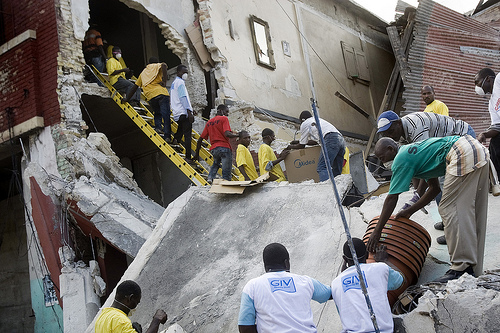
The Tsunami Disaster
Tsunami is an adapted word of Japanese meaning "port wave," a reference to the fact that the danger of the wave and destructive power just become evident as it approaches the coast.
During the Alaska earthquake 1964 the North American plate released upward, dislocating a large volume of ocean water and crusading a seismic wave, a tsunami, to travel outward. The wave traveled at an estimated 455 miles per hour in the deeper ocean in a long wave of approximately imperceptible height.
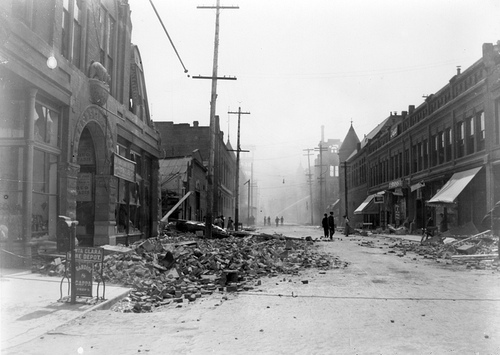
At the shallow Valdez Inlet the wave accomplished a maximum height of nearly 250 feet. Further on, at the old town of Valdez, a 35 foot wall of water strike and destroyed all structures.
Twenty five Valdez residents died when the tsunami crashed on shore. Valdez was afterwards rebuilt at a higher elevation and away from the waterfront. The little town of Portage was leveled by its own local tsunami and never resettled or rebuilt.
The Haiti Earthquake
The Haiti earthquake of 2010 is a wake up call for everyone who lives in an active seismic region to know how to setup an earthquake awareness plan, how to manage to endure during earthquake shaking, and how to get well after the earthquake until getting back to the normal life style.
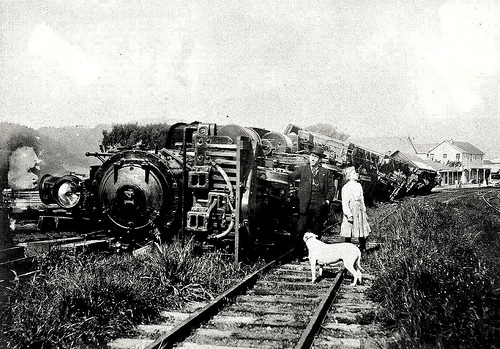
In the United States, these seismic regions consist of -but not limited to- Alaska and the West Coast particularly California; the Midwestern States particularly Missouri, Illinois and Tennessee around the Wabash Valley Seismic Zones and the New Madrid; and the area of Charleston in South Carolina.
More Articles On Natural Disasters
- How To Prepare For An Earthquake
What is an Earthquake? An earthquake is defined as the phenomena in which large sections of tectonic plates of the earths crust move such that they either overlap each other or slide against one... - Volcanoes And Some Historic Eruptions
Volcano - it conjures up vivid, lucid images of red-hot lava spewing out of a looming mountain, like mountain of fireworks gone astray, bruising and charring everything that dares to come in its way. But in... - The Earth Awaits Several Disasters With In The Next 6 Years
There are three valid reasons based on the new emerging geophysical conditions of earth that make us conclude that mother earth has entered the difficult period of six years from 2007 to 2012 during which... - The Natural Disasters
Since time unknown the human race has been plagued by disasters that are caused by nature such as storms, floods and earthquakes. These are the weapons of nature used against man resulting in devastating...

